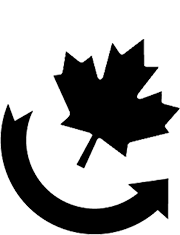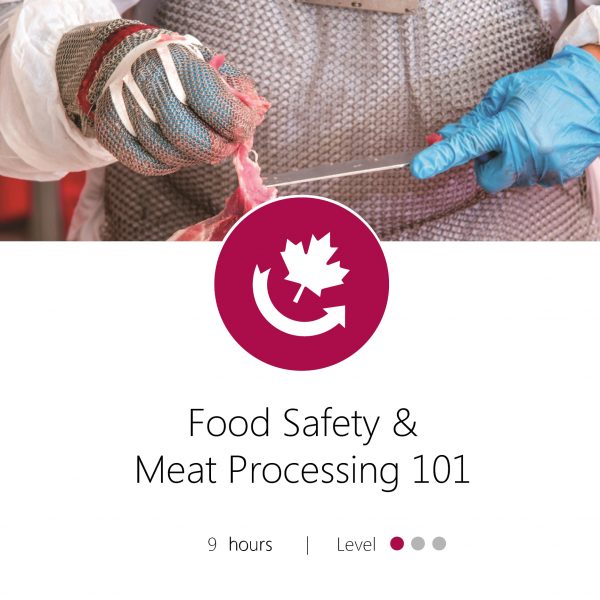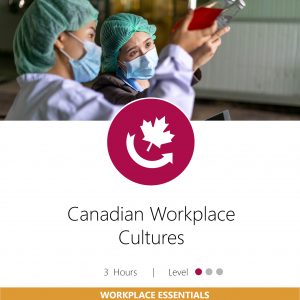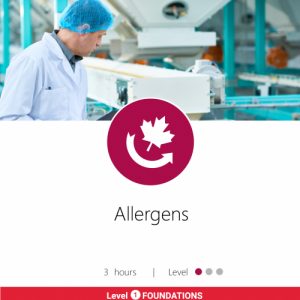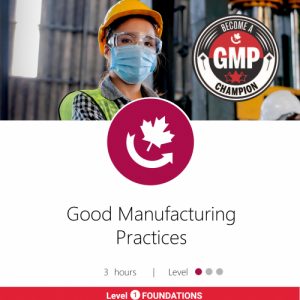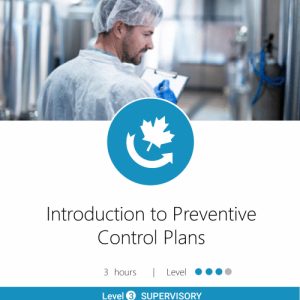Food Safety and Meat Processing 101
$399.00
Food Safety & Meat Processing 101 is an interactive, online course that focuses on Industry Legislation & Regulation, Workplace Policies & Procedures, Food Processing Equipment, Workplace Health & Safety, Meat Types and Cuts 101, Knife Sharpening, Food Safety, Cleaning and sanitation including waste, Product Quality, Food Traceability and Communication & Leadership Skills.
Available!
Food Safety & Meat Processing 101 is an interactive, online course that focuses on Industry Legislation & Regulation, Workplace Policies & Procedures, Food Processing Equipment, Workplace Health & Safety, Meat Types and Cuts 101, Knife Sharpening, Food Safety, Cleaning and sanitation including waste, Product Quality, Food Traceability and Communication & Leadership Skills.
Learning Objectives:
Completion of the Food Safety and Meat Processing 101 course, participants will gain and develop the following knowledge, and skills:
- Organizational policies and procedures including Good Manufacturing Practices.
- The importance of proper handling, maintenance and control of equipment associated with Industrial Meat Cutters.
- The need for monitoring of produce conditions and how this is done through lot numbers and expiry dates, foreign material detection and visual observation.
- The importance of cleaning and sanitation of food processing equipment and tools as it relates to meat processing.
- Different Food Safety Management systems, how they are built and their role in delivering a safe and quality product.
- The importance of traceability systems in a meat processing plant and an Industrial Meat cutters potential role in traceability.
- The importance of the Occupational Health and Safety Program and the basic information for all respective processors/manufacturers.
- The importance of complying with Legislative and Regulatory Requirements.
- Effective communication skills, including listening, speaking and hand signals.
- The characteristics of professionalism in the workplace.
Course Outline & Major Topics
- About Canada’s Food Processing Industry
- Work Environment and the Facility
- Personal Protective Equipment and Worker Safety
- Competency Level Explanations
- Being A Meat Cutter
- Food Safety
- Adopting a Food Safety Culture
- Commitment to a Food Safety Culture
- Our Commitment to Food Safety
- Meat Cuts and Types
- Types of Animals
- Primal Cuts – Beef & Veal
- Primal Cuts – Pork
- Primal Cuts – Lamb
- Good Manufacturing Practice (GMP) Basics
- Sanitation and Hygiene
- Controlling the Spread of Infectious Disease
- Transmission of Pathogens
- Standard Operating Procedures (SOPs)
- Corporate Policies and Employer Responsibilities
- Meat Cutter Responsibilities
- Personal Protective Equipment (PPE)
- Importance of Personal Protective Equipment (PPE)
- Workplace Hazardous Materials Information System – WHMIS
- Accidents/Incidents and Food Safety
- Reducing Repetitive Strain Injuries
- Ergonomics and Preventing Back Injury
- Meat Cutters Role in Occupational Health and Safety
- Occupational Health and Safety Across Canada
- What is Food Safety?
- Food Safety Culture
- How Food Becomes Unsafe
- Food Hazards
- Biological Hazards: Types of Micro-organism
- Biological Hazards: Good & Bad Bacteria
- Physical, Chemical and Biological Hazards
- Types of Cross Contamination
- Preventing Cross Contamination
- The Basics of Food Safety Management Systems (FSMS)
- Food Safety Program
- Certification Schemes
- Temperature Danger Zone
- Basics: Knives and Saws
- Boning Knife
- Trimming Knife
- Scimitar Knife or Butchers Knife
- Hand Saw
- Powered Bandsaw
- Draw Knife
- Whiz Knife
- Killing Knives
- Knife Matching Game
- Cutting Techniques and Methods
- Equipment Maintenance and Sanitation
- Safety Of Knife Handling
- Importance of Knife Sharpening
- Honing a Blade
- Sharpening a Blade
- Knife Sharpening Tools
- How to Sharpen Knives
- Why is it Important to Clean?
- Observing the Processing Area
- Brush Colour Coding
- Removing Hazards in the Area
- Product Removal and Protection
- Identification of Potential Cleaning Hazards
- What is Sanitation and Why Do We Do It?
- Cleaning vs. Sanitizing
- Cleaning and Sanitation PPE
- Cleaning Agents
- Chemical Handling and Safety
- Sanitizing procedures
- Equipment Disassembly, Reassembly and Protection
- Product Inspection, Safety and Quality
- Condition of Raw Ingredients, Packaging and Products
- Accept/Reject Criteria and Processes
- Specified Risk Material (SRM)
- Production Lot Date or Code
- Traceability and Recall
- Foreign Body Detection and Removal Equipment
- The Basics of Traceability and Recall
- The Importance of Traceability and Recall
- Product Identification
- Testing the Traceability System
- Meat Cutter Responsibility in Traceability
- Communicating Effectively
- Active Listening Skills
- Speaking Skills
- Basic Hand Skills
- Matching Hand Signals to Meaning
- Demonstrate Leadership
- Communicating with Regulatory Personnel
- Ethical Principles and Application
- Canadian Food Law
- Safe Food for Canadians Act
- Food, Drug and Meat Inspection Regulations
- CFIA: Canadian Food Inspection Agency
- Federal and Provincial Registration
- Customer Requirements and Third-Party Certifications
- Roles of Legislative and Regulatory Bodies within your Company
- Your Role in Complying with Legislative and Regulatory Requirements
- Regulatory Bodies, Associations, Councils and Acts
*Receive a nationally recognized certificate for participation in this course
Who Should Take This Course?
- New Hires
- Internationally Educated Professionals
- Supervisory and Management
- Quality Assurance Teams
- Food Safety Teams

